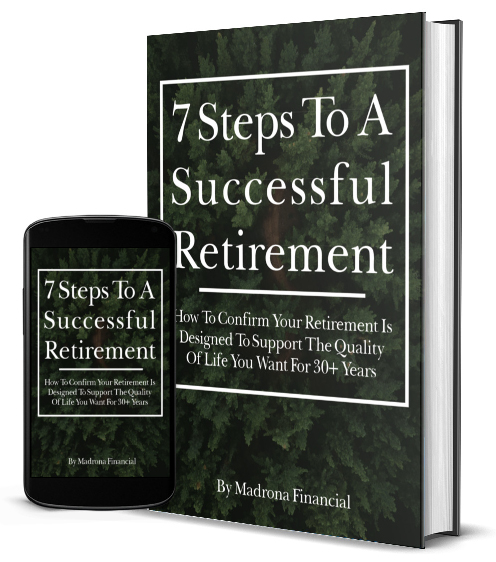Growing up, I couldn’t wait for Christmas morning. The anticipation of seeing what was under the tree for me was almost more than I could take.
I was jealous of my friends who were allowed to open their presents on Christmas Eve. You understand what I mean, right?
Do you open your Christmas presents on Christmas Eve or Christmas morning? There is no right or wrong answer to this question but I bet that your answer has something to do with your family traditions.
The truth is, it doesn’t matter what day you open the presents—what is yours under the tree will be yours when you get around to opening them. The same is not necessarily true regarding your retirement savings—you may lose some to Uncle Sam depending on how you choose to take withdrawals from the accounts.
Assuming you have both tax-qualified savings accounts (IRA, 403(b), etc.) and non-qualified accounts, the manner in which you choose to liquidate your holdings in retirement may have a significant impact on your net withdrawals (after taxes).
The goal of course, is to maximize the amount of money you retain versus how much is paid to Uncle Sam. Unlike when you open Christmas presents, there is a preferred solution that works for most people in the majority of cases.
To optimize your “take home” (after taxes) amount in retirement start by deciding when you will begin to receive your Social Security (SS) benefits and make your withdrawals from your retirement accounts. The longer you can wait on receiving your SS benefit, the greater your potential gain. Following the schedule below will help you net the most after-tax benefit:15
• Delay claiming your SS benefits until age 70
• Delaying SS until age 70 yields a guaranteed 8% per year in delayed credits
• Withdraw from your tax-qualified accounts first
• Couple your SS benefits and withdrawals from your non-qualified investments at age 70
15Seek advice from a CPA about your specific situation.

